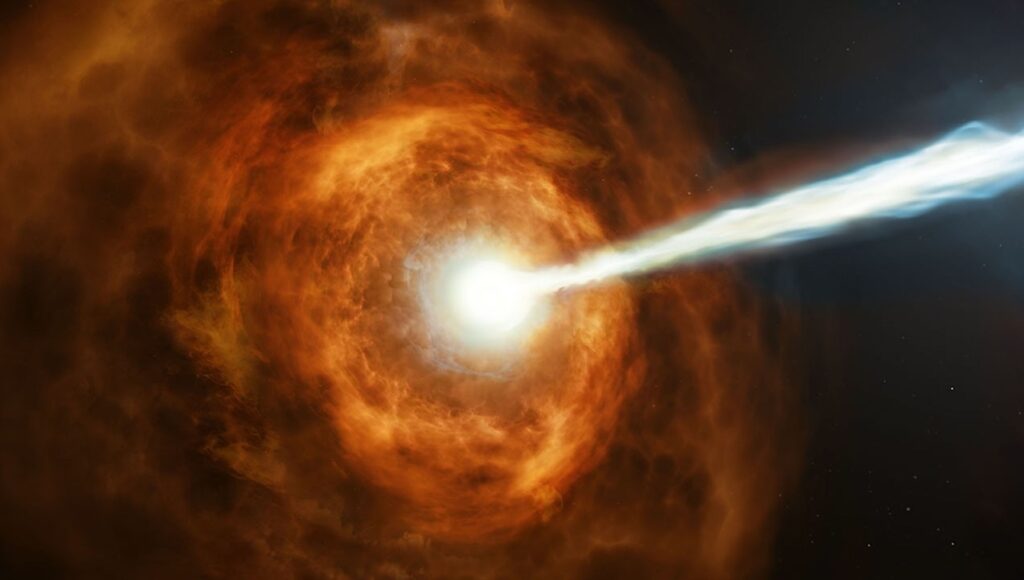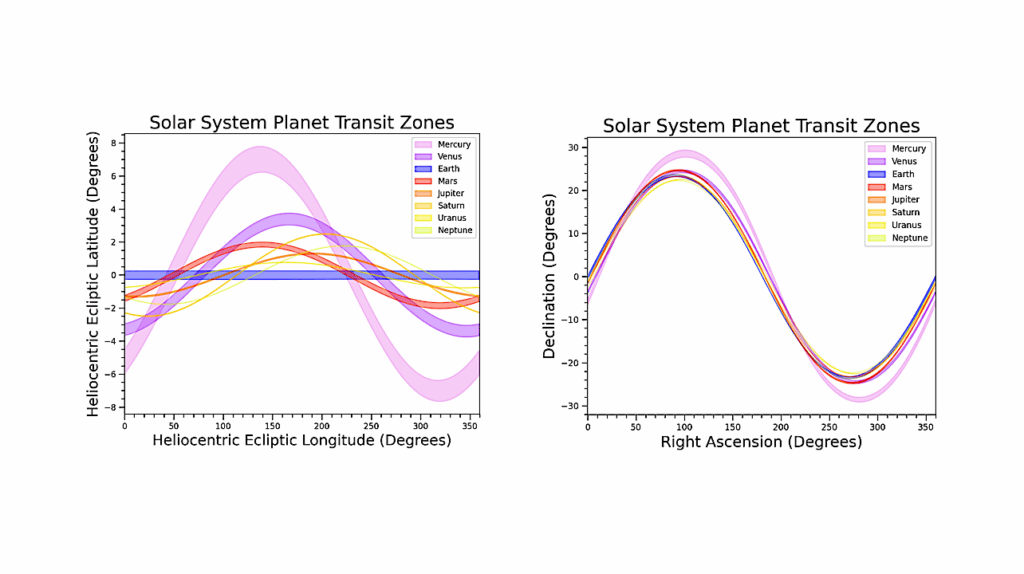A Machine-Learning-Based Direction-of-Origin Filter for the Identification of Radio Frequency Interference in the Search for Technosignatures

Radio frequency interference (RFI) mitigation remains a major challenge in the search for radio technosignatures. Typical mitigation strategies include a direction-of-origin (DoO) filter, where a signal is classified as RFI if it is detected in multiple directions on the sky.
These classifications generally rely on estimates of signal properties, such as frequency and frequency drift rate. Convolutional neural networks (CNNs) offer a promising complement to existing filters because they can be trained to analyze dynamic spectra directly, instead of relying on inferred signal properties.
In this work, we compiled several data sets consisting of labeled pairs of images of dynamic spectra, and we designed and trained a CNN that can determine whether or not a signal detected in one scan is also present in another scan. This CNN-based DoO filter outperforms both a baseline 2D correlation model as well as existing DoO filters over a range of metrics, with precision and recall values of 99.15% and 97.81%, respectively. We found that the CNN reduces the number of signals requiring visual inspection after the application of traditional DoO filters by a factor of 6-16 in nominal situations.
Pavlo Pinchuk, Jean-Luc Margot
Comments: 26 pages, 14 figures, submitted for publication (submitted on July 28, 2021)
Subjects: Instrumentation and Methods for Astrophysics (astro-ph.IM); Earth and Planetary Astrophysics (astro-ph.EP); Machine Learning (cs.LG); Signal Processing (eess.SP)
Cite as: arXiv:2108.00559 [astro-ph.IM] (or arXiv:2108.00559v1 [astro-ph.IM] for this version)
Submission history
From: Pavlo Pinchuk
[v1] Wed, 28 Jul 2021 20:22:39 UTC (36,039 KB)
https://arxiv.org/abs/2108.00559
Astrobiology, SETI,








